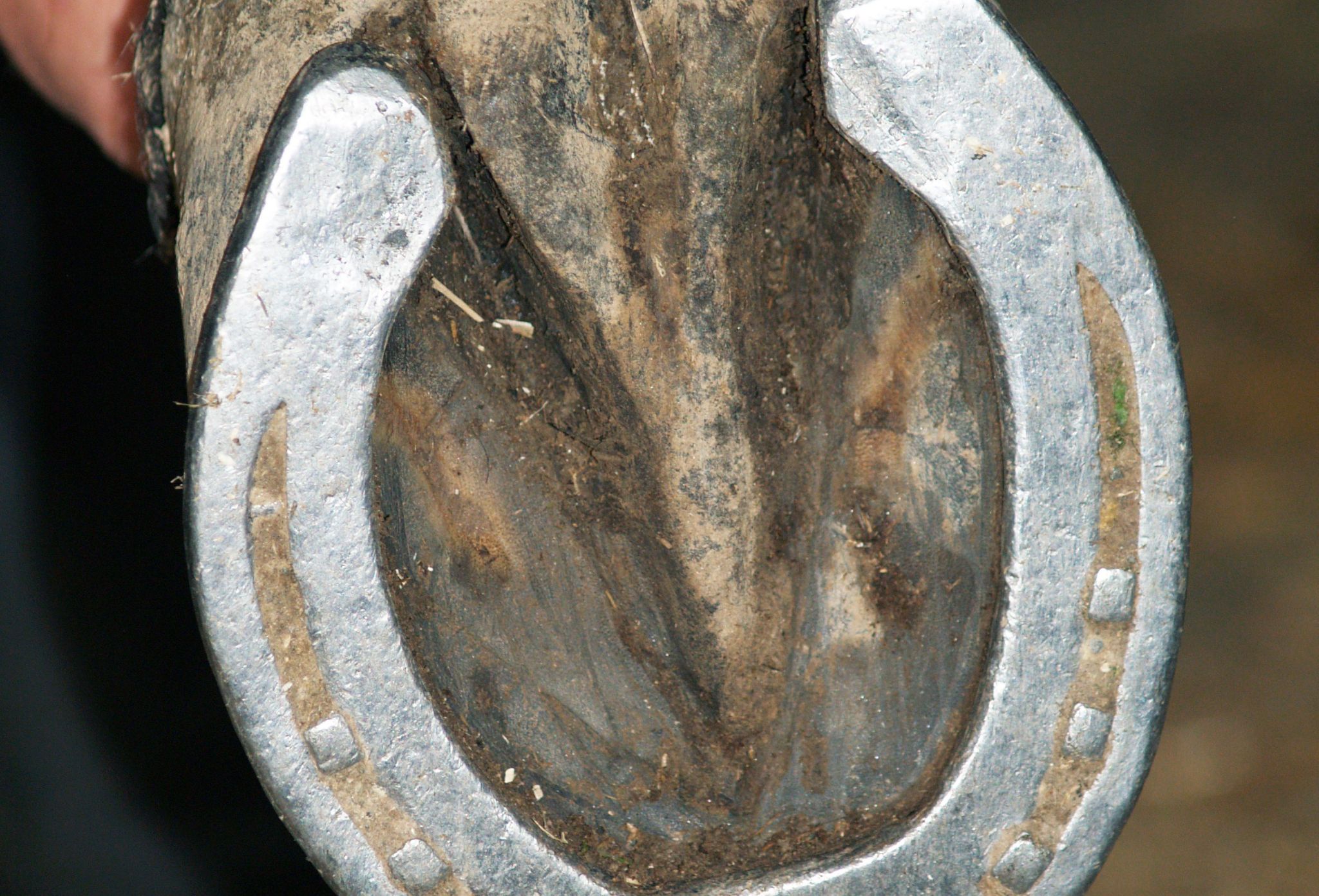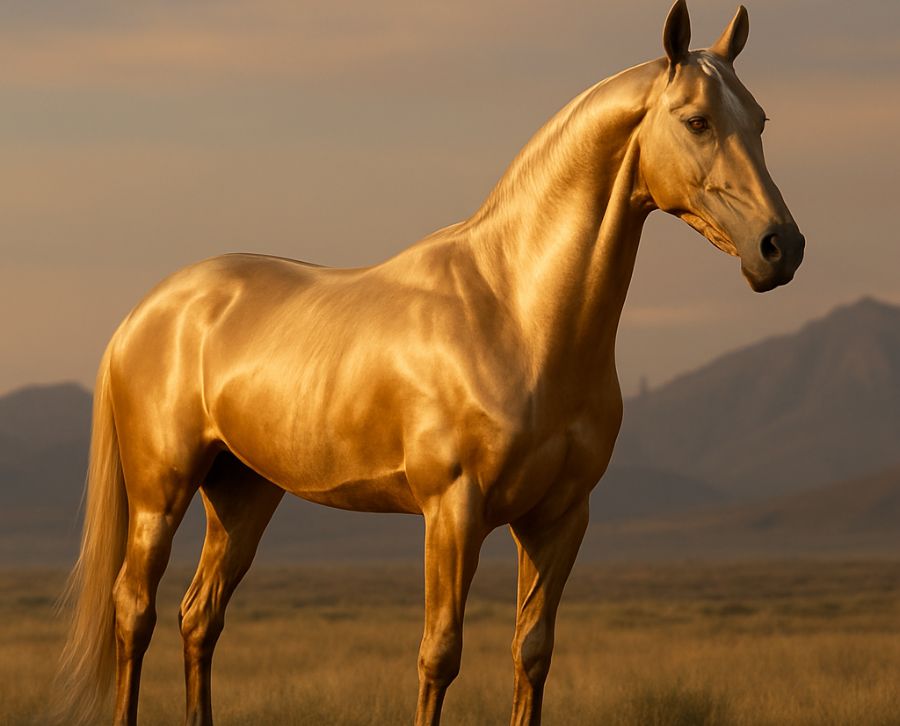Horseshoeing shoes, also known as horseshoes, are u-shaped pieces of metal that are fitted to horses’ hooves to protect them from wear and tear, to improve traction and to correct possible footing problems. Therefore, it is important to choose the right type of shoe and maintain it properly for the welfare of the animal and also to achieve greater sporting performance.
From Equspaddock, as true lovers of the horse world and manufacturers of riding equipment, we tell you everything you need to consider to choose the best horseshoe for your horse. There are different factors to analyse, such as the breed of the animal, the discipline it practices, the type of terrain in which it trains, its physical characteristics and many others.
Keep reading, we’ll tell you much more in detail!
Types of horseshoes and their usefulness
Horseshoes are essential for the development, well-being and health of horses, as they provide protection for their hooves and offer them greater traction and grip on different terrains. For this reason, there is a wide variety of types of horseshoes to choose from depending on the specific needs of each horse. Below, we discuss some of them according to their material:
- Steel horseshoes. In general, these are the most common and most widely used. They offer great strength and durability, and above all because they adapt to different activities and needs of the animal.
- Aluminium shoes. It is true that these are lighter than the first ones and, therefore, provide lightness and greater lightness and agility. For this reason, they are the most commonly used in competitions where speed is important and where greater sporting performance is required. However, they are more expensive than steel horseshoes and are therefore less commonly used.
- Plastic horseshoes. These are even lighter than the aluminium ones, due to the material they are made of, and cheaper. On the other hand, they are less resistant, more uncomfortable for the animal and require more maintenance.
- Nail horseshoes. This type of shoe is one of the most commonly used, because it is economical and adapts to a variety of terrains and disciplines. However, they require regular maintenance to prevent the nails from loosening and becoming uncomfortable for the animal.
- Glued shoes. In order to avoid nails, this type of shoe is glued to the horse’s hoof with a special glue and is more comfortable for the animal. Although, on different occasions where weather conditions are extreme, they can become detached.
- Orthopaedic shoes. This type of shoe is usually fitted to the horse when indicated by the veterinarian, with the aim of correcting the animal’s footing. They also help correct posture and improve performance. They are usually more expensive and require a farrier specialised in this type of shoeing. In addition, there are different types, for example: trimmed, barred, for trimming…
On the other hand, if we talk about the classification according to their usefulness, we can differentiate between hunting, wide, Italian, hinged, spiked, or half-shoe horseshoes.
Tools and accessories for horse shoes
Now that you are familiar with the different types, let’s talk about the tools and utensils needed to be able to work a horse shoe and to be able to fit it properly on the hooves.
– Nippers: used to cut and shape the hoof to fit the animal’s hoof.
– Anvil: also used to shape the horseshoes.
– Hammer: this tool is used to nail the horseshoes to the hoof.
– File: once in place, it is used to file and smooth the edges of the horseshoe.
– Brush: This is used to clean the hooves before fitting the horseshoe. This way, it will fit much better.
– Protectors: used to protect the horse’s hooves during shoeing.
In addition to shoeing accessories, the specialist farrier should also be equipped with:
– Gloves.
– Safety goggles.
– Apron.
And, above all, it is essential to have a first-aid kit for use in the event of an accident while shoeing the animal.
Horse shoeing process: step by step
In general, shoeing a horse is a process that is usually carried out by a professional and specialised farrier. This ensures the safety and well-being of the animal at all times. And the steps to follow are:
- Clean the hooves. This step is very important to ensure that the rest of the process is effective. It is very important to remove dirt and debris from each hoof.
- Examination. Normally, this moment is used to examine each hoof in detail to identify possible deformities, cracks…
- Measure the hull. Each hoof is measured individually to determine the size and specific shape of the shoe.
- Cut the horseshoe. The horseshoe is cut according to the measurements previously taken and shaped with the pliers.
- Nailing or gluing. Once the horseshoe is ready, it is attached to the hoof either with nails or with a special glue.
- Filing. This is the last step. Once fitted, each hoof must be filed to make it smooth and comfortable for the animal.
This can be a time-consuming process, especially if the animal is nervous. Therefore, it requires calm and care, as the horse has to be calm and composed to achieve a good finish.
Care and maintenance of horseshoes
Fitting is important, but it is also essential to care for and maintain horses’ shoes properly for their well-being and comfort. For this reason, we explain some recommendations that should be taken into account:
- Periodic review. It is important to check each shoe regularly, at least once a month, to avoid wear, looseness or imperfections.
- Cleaning the horseshoe. It is necessary to keep them in optimum condition by cleaning and brushing them after each use.
- Repair or replacement. In case of wear or deformity, it is advisable to have a farrier assess whether it is necessary to replace the shoe or whether it is sufficient to repair it.
Most important of all is to observe the behaviour of the horse. The animal should be comfortable and have a good footing at all times. Therefore, if you notice unusual behaviour, you should see a specialist farrier to identify what is wrong and to have the horseshoes checked. It is essential that they are kept in optimum condition to ensure their health and comfort.





